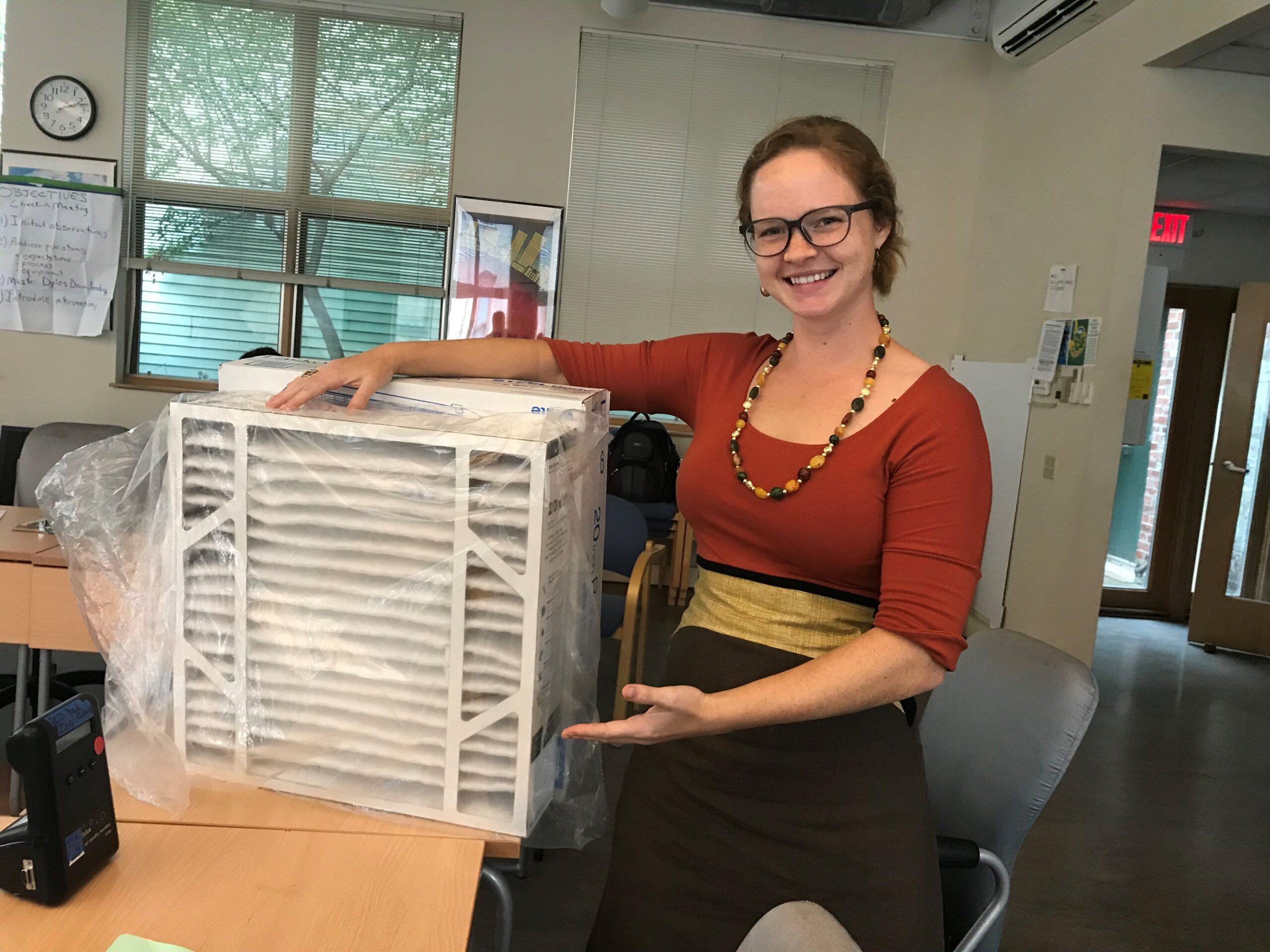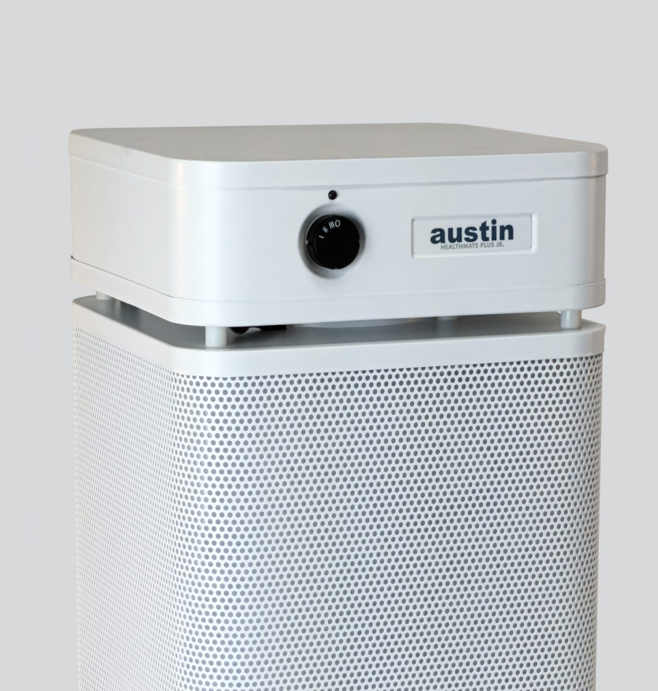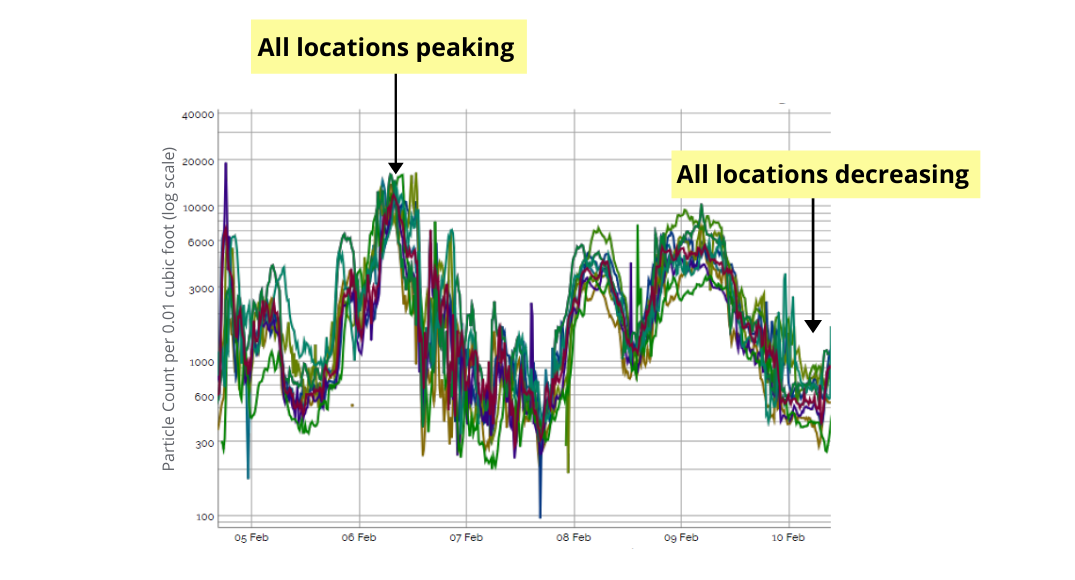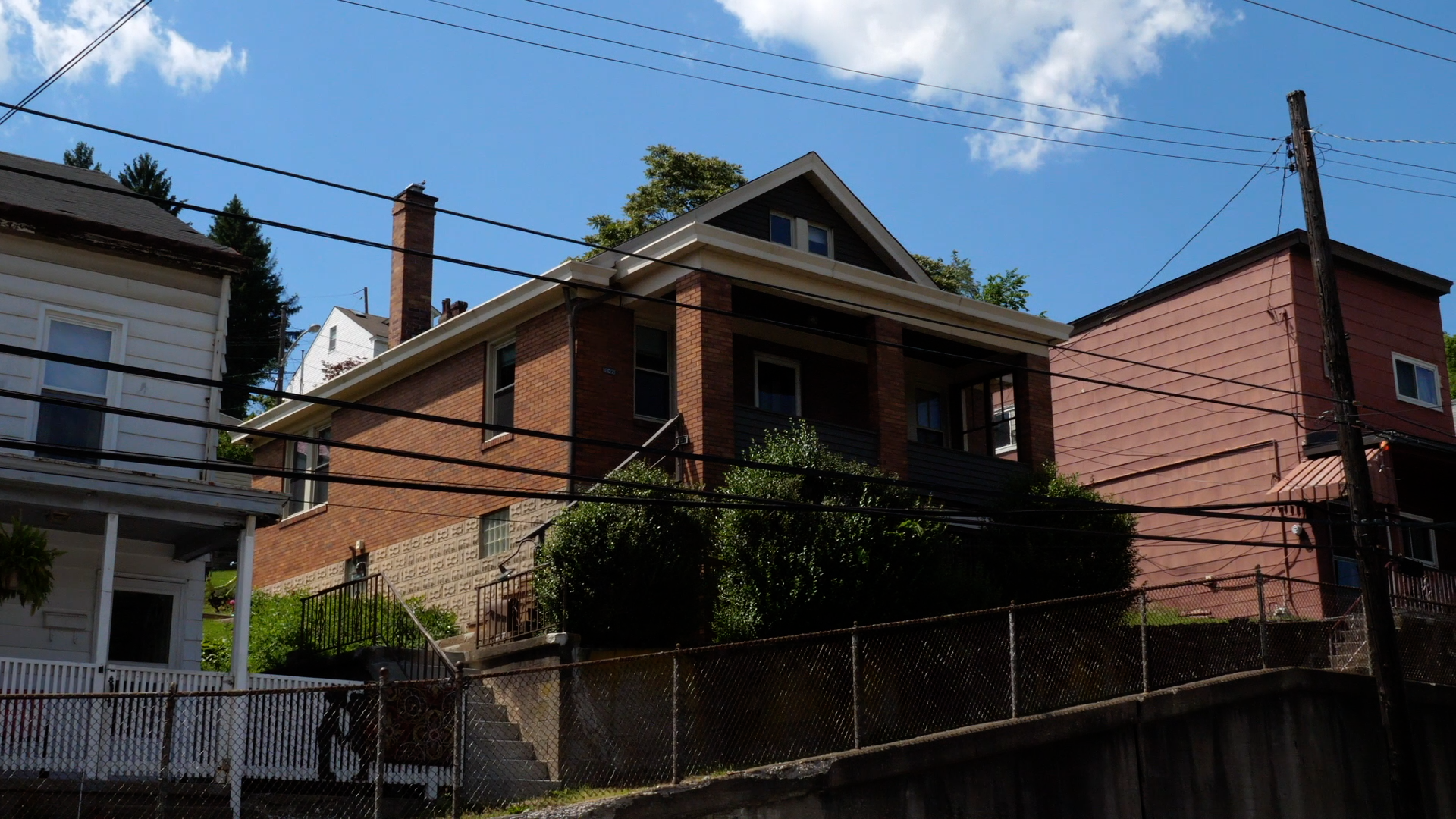Pittsburgh Has a Particle Pollution Problem
The air quality in Pittsburgh is among the worst in the country, but you can protect the air you breathe in your home. ROCIS presents the following overview of particle pollution and what you can do about it indoors.
First, a recap of the problem:

What is particle pollution?
Particles are a major category of air pollution found outdoors and indoors, resulting from many different processes including burning fuel and atmospheric chemical reactions. The chemical makeup of particle pollution varies, and the particles can bind to other kinds of air pollutants.
Why does particle pollution matter? Read the presentation below to find out more:
Particle Pollution Solutions for Your Home – Canva Presentation
Particle Pollution Solutions
There are many solutions that can minimize indoor particles, at a range of associated costs. Some solutions only require a change in habits. Other solutions require investing in a new appliance or hiring a professional.

Filter your Indoor Air Using a Homemade Filter Fan
Consider using a DIY filter fan made from a furnace filter taped to a box fan. These homemade air filtration devices can be very effective and cost a fraction of portable air cleaners. Read instructions for making a DIY filter fan.
Consider indoor and outdoor air quality when opening windows
Particle Pollution Solutions for Your Home – Canva Presentation
Purchase a portable air cleaner
Invest in a correctly-sized portable air cleaner with a HEPA filter, and run it continuously. Read the EPA’s guide to air cleaners in the home: Guide to Air Cleaners in the Home

Complete an air handler intervention
ROCIS Website: Air Handler Inquiry Page
Purchase a range hood
Particle Pollution Solutions for Your Home – Canva Presentation
Skeptical about whether these solutions can actually make a difference?
View Frequently Asked Questions (PDF) and findings from previous ROCIS cohorts.
ROCIS FAQ: I live in the suburbs of Pittsburgh – do I really need to pay attention to my outdoor air quality?
Yes. Here’s an example from a ROCIS Cohort in February 2020. Each colored line in the graph below represents the outdoor air quality of a different location, including Upper St. Clair, Clairton, Squirrel Hill, and Moon Township. Notice how the air quality rises and falls in unison across the Pittsburg area.

“Our house is on the southern border of Mt. Lebanon next to a small woods…Most of the time, the air looks and smells OK. If I didn’t have measurement tools, I wouldn’t know it is not very healthy most of the time.”
ROCIS Low Cost Monitoring Project (LCMP) Virtual Cohorts
Participants in the ROCIS virtual cohorts receive a monitoring kit on their doorstep or via mail. The kit includes monitors for particles, carbon monoxide, carbon dioxide, and radon. During the one-month-long cohort, participants monitor their indoor and outdoor air and receive weekly feedback on their results. Each week, they attend two weekly online ROCIS meetings, with the option of attending in the morning or evening. As usual, all household members are welcome to participate! During the monitoring period, ROCIS participants can test the effectiveness of ROCIS-loaned equipment, including portable air cleaners and DIY filter fans.

